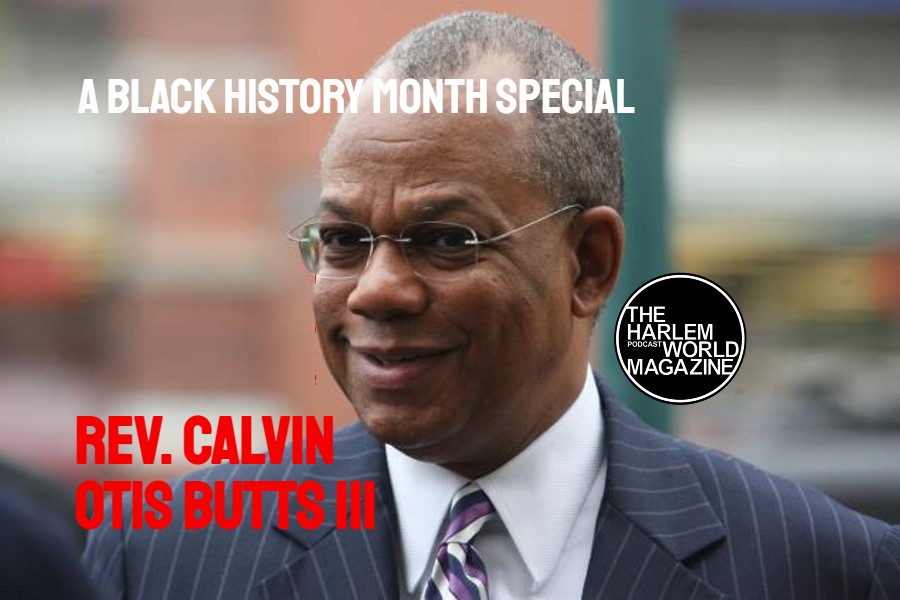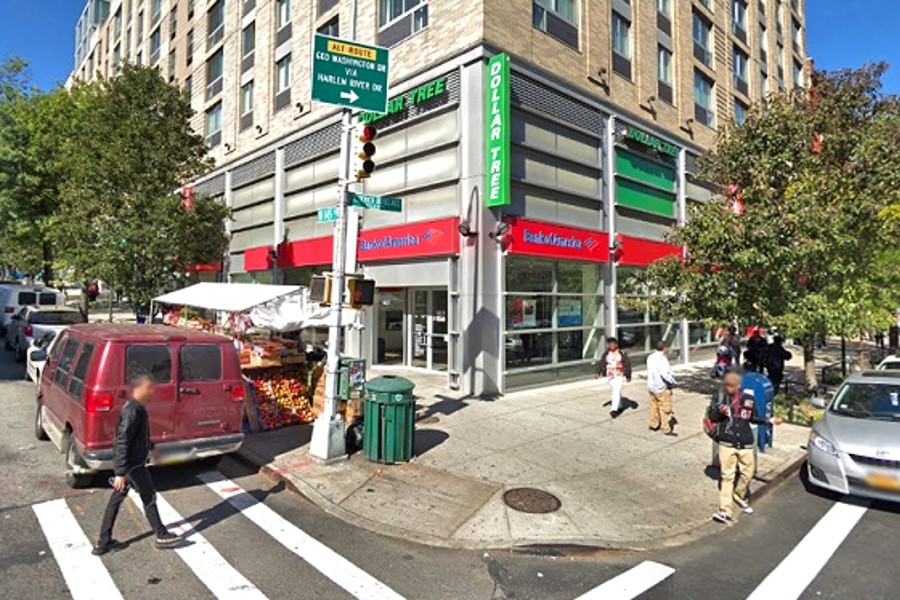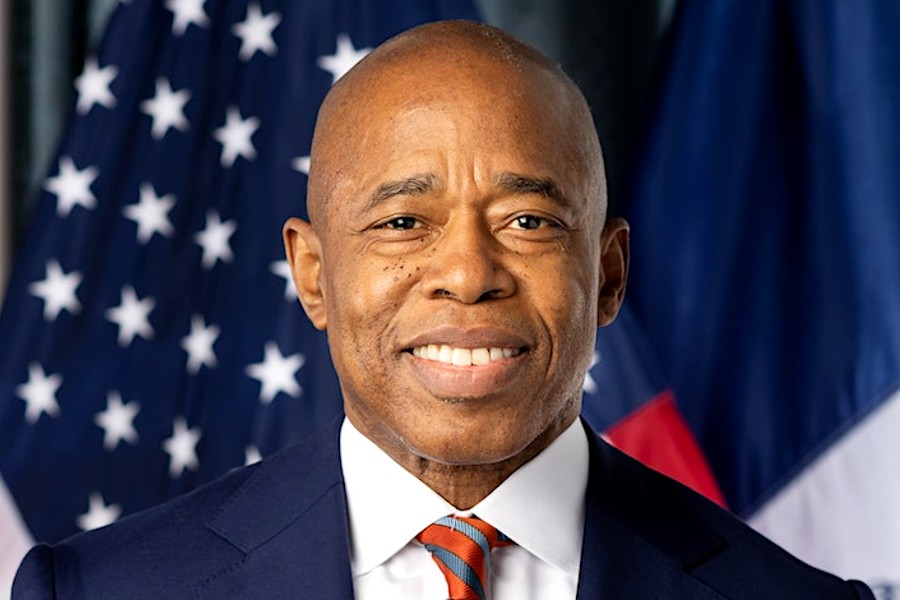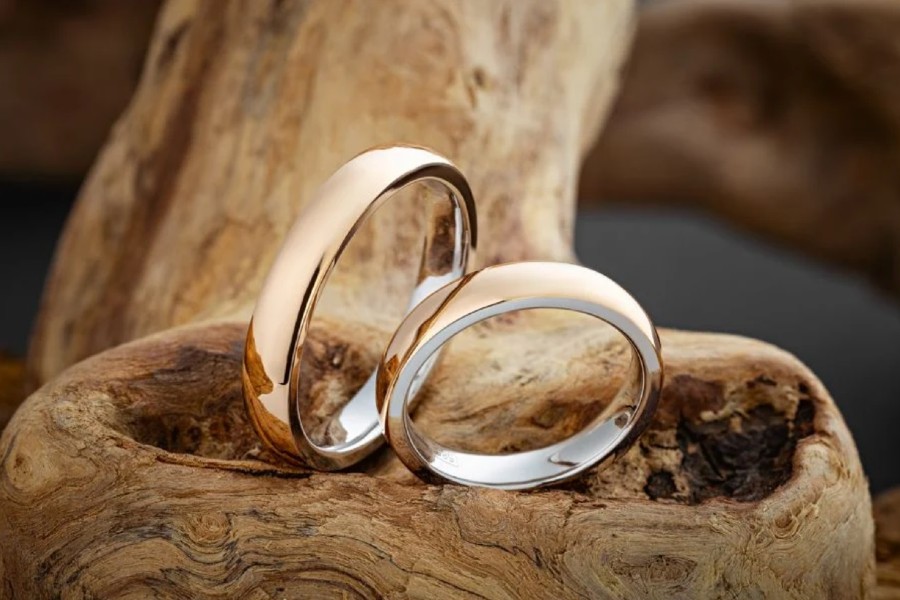“One joke at school was always, ‘My father can beat up your father,’ ” said Ray Robinson during a recent interview.
And there was no doubt that in his case, it was true, since Robinson’s father was Sugar Ray Robinson, arguably one of the greatest professional boxers in American history.
Although most famous for boxing, Sugar Ray was also an entrepreneur, an entertainer and a philanthropist.
As an amateur boxer, Sugar Ray was undefeated in 85 matches with a staggering 69 knockouts. In a professional career that spanned 25 years, he had 175 wins with 109 knockouts, 19 defeats, six draws, one no-decision and one no-contest.
“My dad had knock-out power in both hands,” said Ray Jr. “He was a consummate fighting machine.”
Sugar Ray was world held the Welterweight Title from 1946 to 1951; World Middleweight Title from 1951 to 1960; and World Light Heavyweight Title in 1952. He won other top honors and was inducted into the International Boxing Hall of Fame in 1990. Ring magazine listed him among the Top 80 Best Fighters of previous 80 years and rated him as top fighter of its 50 greatest fighters. The U.S. Postal Service also issued a stamp in his honor, with only one other fighter, Joe Louis, getting such a distinction.
Sugar became a businessman during his prizefighting years, when other sports figures had only become entrepreneurs after their athletic careers had ended, and became an instrumental entrepreneurial force during the Harlem Renaissance. Along a two-block strip on Harlem’s Seventh Avenue (now Adam Clayton Powell Jr. Boulevard, between 123rd & 124th Streets) from the mid-1940s to the early 60s, Robinson opened several storefront businesses that catered to the public: Golden Gloves Barber Shop, Sugar Ray’s Quality Cleaners, and Edna Mae’s Lingerie Shop.
But it was Sugar Ray’s nightclub that drew some of top celebrities of the era such as Frank Sinatra, Jackie Gleason, Nat King Cole, Dorothy Dandridge and Eartha Kitt, and well-known sports figures such as his idol, Joe Louis, and baseball greats Joe DiMaggio and Jackie Robinson.
This block in May was renamed “Sugar Ray Robinson Way” in a ceremony that included Rep. Charles Rangel, former New York City Mayor David Dinkins, councilmembers, prize fighters, members of the boxing commission, and other boxing notables.
“At one time my father owned the whole block,” Ray said. “But his manager sued him and got possession of everything.”
“Life was a party,” Ray said, recalling what it was like to grow up with a living legend. “Dad made a lot of money. Whether we were wealthy or not, I’m not sure. We didn’t hit upon the wealth of the Kennedys. But we had a lot of money and it was boxing money.”
In some ways, Ray was a part of the history of Harlem. His mother, Edna Mae Holly, was a dancer.
“She was one of the original Cotton Club girls,” Ray said. “When she met dad in 1939, he said ‘Listen, you should be with me,’ and he kept going to see her.”
Eventually, after putting off marriage for years, they wed. Ray, born in 1949 in Harlem, saw his father fight many times, including some of the most famous battles such as what is commonly called “The St. Valentine’s Day Massacre,” in which Sugar Ray beat Jake LaMotta in Chicago.
What did he think seeing his father in the ring?
“That was his work; that was his job,” Ray said.
Ray went to a variety of schools in New York before attending Dewitt Clinton High School.
“The guy who was principal when I went to Clinton was principal when my father went; he was ancient.”
Life was great during those early years.
“We had a house in Riverdale,” Ray recalled. “We lived the best of lives.”
Sugar Ray once gave $10,000 in cash to the director of Harlem Hospital telling him to “divvy it up” among the others.
When Sugar Ray and his family went to places, they were catered to. Once when they went to the Concord Hotel, the owner was out of town but the hotel was full, so the owner let them stay in his personal suite.
“Everybody would cater to me,” Ray recalled. “Waiters would run back and forth and bring me more food or anything. I grew up in a large house with 24 rooms. My mother was good friends with the Kennedys. So I was raised like a Kennedy.”
Sugar Ray, however, was not exactly a family man.
“He did provide for us, and every once in a while, he would even show up,” Ray recalled. “He was a boxer and he was very interested in women. He was not what you might consider a family man.”
This eventually led to estrangement and divorce.
“The high life lasted until Dad left New York and moved to California to marry his second wife, Millie,” he said.
Although Sugar Ray put on a good front as a classy guy, Ray said this was something manufactured.
“He was a typical boxer,” Ray said. “He grew up on the street. It was all fabricated. Dad was put together by my mother and her stepmother. They taught him how to speak, how to walk, how to dress, what to wear, they even laid out his clothing for him. They took a rough stone and polished it into a jewel.”
But Ray had a special place in his father’s heart, even though if he did something wrong, Ray could expect to get slapped – which was the equivalent of a knockout punch from another man.
“He had very big hands,” Ray recalled. “Dad was always worried if something happened to me while I was in his care. He knew my mother would kill him.”
Sugar Ray was big on nick names and called Ray “Trimmer,” after a famous corn trimmer businessman from St. Louis. “He called my mother ‘Andrew’ and his mother ‘Gump.’ I don’t know why.”
But Ray, who eventually co-authored “Pound for Pound about Sugar Ray,” adored his father.
“He was my buddy,” Ray said. “I could talk to him about anything in the world. Of course, I’m proud of him. How could I not be? He was fun to be around.”
Seeing his father, however, depended largely on Sugar Ray’s schedule.
“We saw each other every time he’d come to town,” Ray said, recalling the last time he saw him prior to Sugar Ray’s death in 1989. “The only reason I knew he was in town is someone told me he was staying at the hotel. I said, ‘What the heck’ and called my brother who I knew hadn’t seen Dad in 15 years.”
The two brothers went down to the posh hotel on Central Park South.
“So here my brother, Ronnie, and I are standing in the lobby of that hotel and my Dad walks in. He had just gone to a play with Millie. He walked passed me and I said, ‘Hi, Dad,” and Ronnie stood up and Dad really didn’t know who Ronnie was and said, ‘Wow, hi Trim, who’s that with you?’ ”
Ray was living in San Francisco when he got a call from someone in Los Angeles to say that Sugar Ray had passed.
“I asked, ‘Passed what?’ I really didn’t take it in. Ten minutes later, I heard on the radio that my father had died.”
He flew his mother and brother in from New York for the funeral.
“Millie was not thrilled,” he said. “Everybody gravitated to my mother and us.”
Ray said he will always remember his father’s smile and recalled how proud he felt when the street got named after his father in May –after more than six years of lobbying and two-and-a-half years after the legislation was passed.
“My dad was a leader and a director, although he would often put together a project and then walk away.”
Related articles

Become a Harlem Insider!
By submitting this form, you are consenting to receive marketing emails from: Harlem World Magazine, 2521 1/2 west 42nd street, Los Angeles, CA, 90008, https://www.harlemworldmagazine.com. You can revoke your consent to receive emails at any time by using the SafeUnsubscribe® link, found at the bottom of every email. Emails are serviced by Constant Contact























